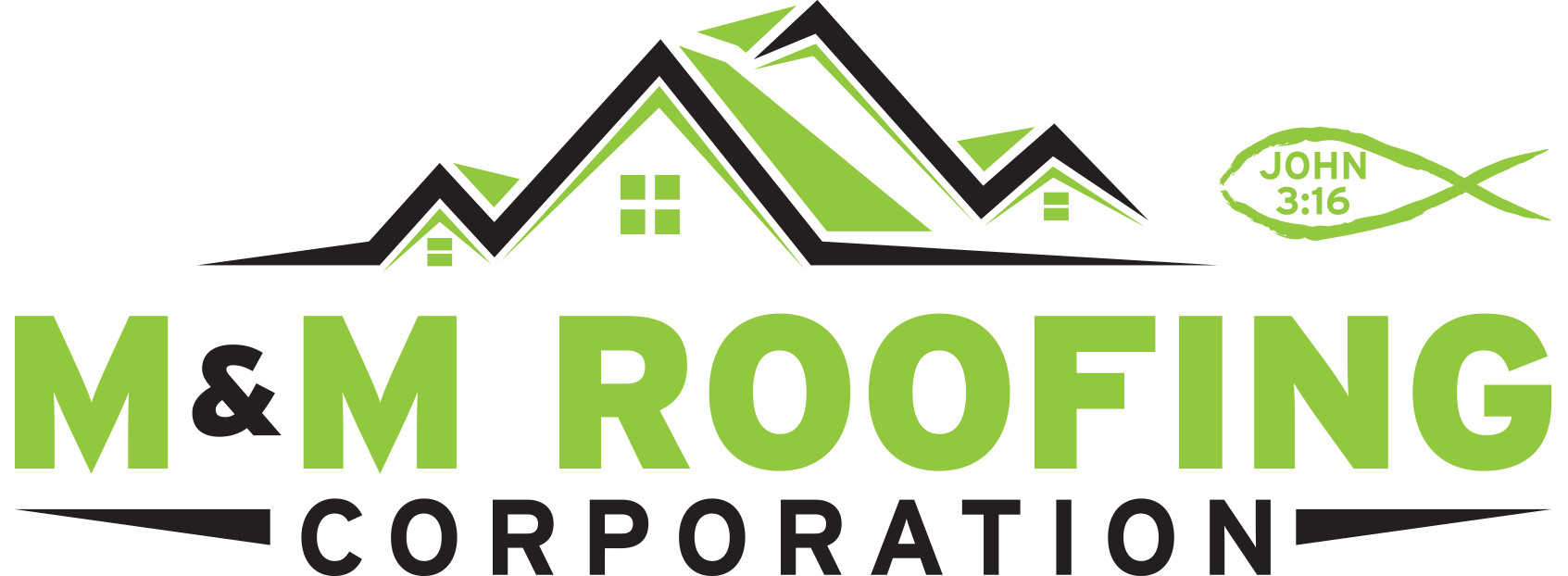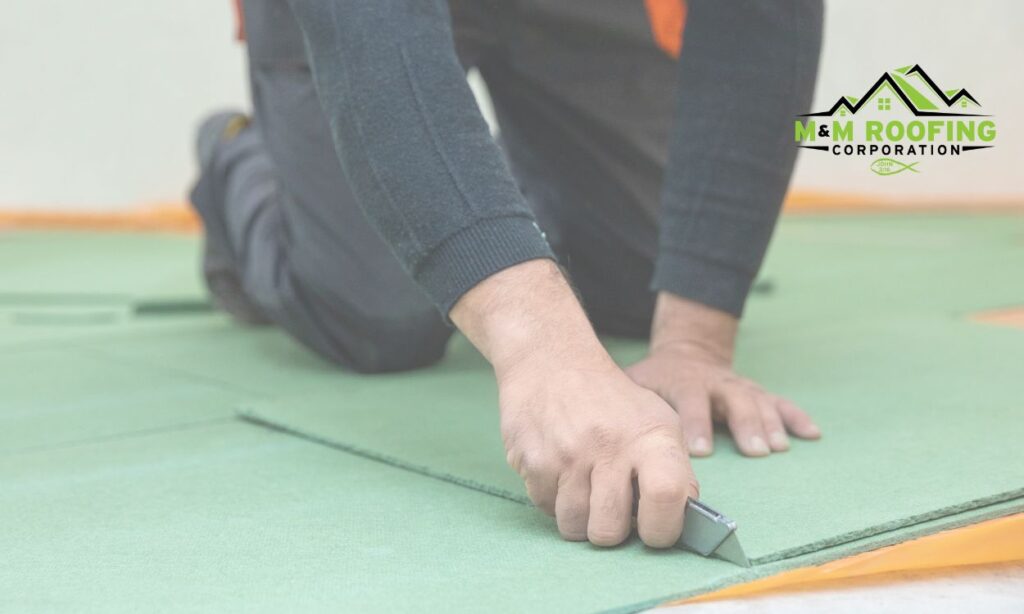Underlayment provides the roof with a moisture barrier and protects shingles from rain and wind. It also prevents the roof deck from drying upward. However, it is a tricky material to work with. We’ll look at why you should use it and how to make sure it’s installed properly.
Underlayment protects shingles from wind and rain
Whether you’re replacing a roof or just installing a new shingle on a new roof, underlayment protects shingles from wind and weather. Choosing the correct underlayment for your roof can make the difference between a leaky roof and a safe one. Here are some tips to help you decide the right underlayment for your roof.
A layer of felt-paper can protect shingles against wind and rain. In a cold climate, ice dams can form. These dams trap water that seeps under shingles and into the house. To prevent these problems, you can purchase self-adhesive waterproof underlayment from a home center or roofing supply company. You should apply waterproof underlayment about three to six feet up from the eave, depending on your climate. Consult a building inspector to get specific instructions for your area.
Felt-paper underlayment can be found in various thicknesses and is made of polyester, asphalt, and plant fibers. Felt-paper is lightweight and can be easy to install, but it is more difficult to install than synthetic underlayment. However, it may not be the best choice if you want a manufacturer’s warranty for your roof.
It prevents roof deck from drying upward
Using underlayment on the roof deck is a great way to avoid water from penetrating the roof and drying it out. There are several materials available for underlayment, including fiberglass mat and felt paper. Fiberglass mat is more durable than felt paper and has better tear resistance. It’s easier to install and lasts longer than felt paper, but can be more expensive.
Most types of underlayment are installed in the same way: start at the lowest point of the roof deck and work upwards. The slope of the roof deck and the type of final roof covering will determine the type of underlayment you choose. You’ll also want to consider temperature and fastening options. Some types of underlayment are self-adhering, but they must be cut to manageable lengths before installation. A good way to make sure that the underlayment will stay in place is to prime it with an asphalt primer or water-based acrylic primer.
When installing underlayment on your roof deck, it’s essential to prepare the surface thoroughly. Remove any loose nails or protruding boards, and make sure that the deck surface is dry before applying the underlayment. Make sure the deck surface is clean and smooth. It may take 24 hours for wood decking to fully dry, so ensure that you have enough time to complete this step. It’s important to note that any foreign matter will affect the coefficient of friction between the underlayment and the roof deck.
Furthermore, it provides a moisture barrier
Several materials are used as underlays on residential roofs. These include asphalt-saturated felt, fiberglass, and felt paper. Felt is a popular choice among contractors because of its affordability and ease of installation. The materials are not waterproof, but do provide a moisture barrier. Asphalt-saturated felt is usually found in two thicknesses, with the thicker type providing more protection.
An underlayment is a significant part of a five-component roof system. It is a layer that supports the shingles and provides secondary weather protection. It reduces windblown and moist air penetration, and it can even act as a temporary reservoir for leaky water. Underlayments are also significant in the event of a fire, as they contribute to the overall fire resistance of a roof. Without an underlayment, asphalt shingles may lose their Class A fire resistance rating.
Before applying shingles to a roof, the underlayment must be in place. This prevents water from penetrating the shingles, which may lead to leaks and damage. Additionally, underlayment acts as a sound barrier between the shingles and the roof. This keeps the sound of severe weather from disrupting the quiet interior of the home.
It is difficult to work with
Underlays are an important part of your roof’s construction because they offer secondary weather protection. They can reduce the amount of windblown moisture that penetrates the roof and protect the wood below from the chemicals shingles contain. They can also serve as temporary storage for water that leaks through shingles. Underlayment can be made of rubberized asphalt, which looks and feels like rubber and adheres to your roof with nails and staples.
Before the advent of synthetic underlayments, asphalt-saturated felt was the standard roofing underlayment. Its waterproof and water-resistant properties made it a popular choice among contractors. But as time went on, synthetic materials began to gain popularity. Bitumen-based products are water-resistant and resistant to punctures.
Synthetic underlayments are ideal for use under shingles because they offer superior water resistance. However, felt underlayment is not as durable as synthetic materials and is prone to tearing. Additionally, it may be prone to wrinkling, making it harder to lay flat. Felt underlayment may also dry out over time, making it less effective as an underlayment. To prevent these problems, it is best to place the underlayment before the shingles.
Call M & M Roofing Corp if you need a Professional Roofing Contractor; we service all of the New Jersey Area.
Looking for a residential roofing near me? M & M Roofing Corp is the answer.

